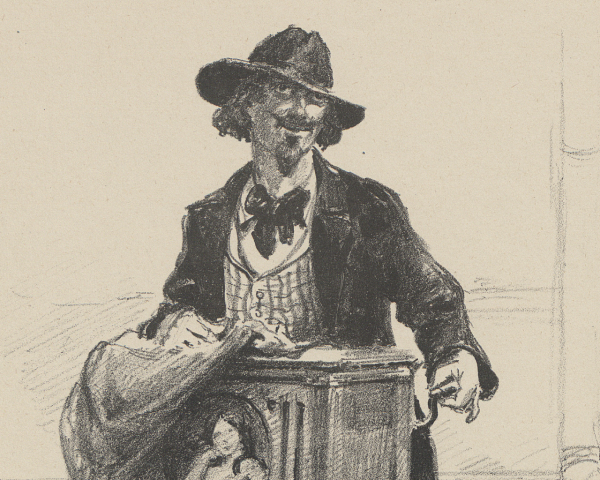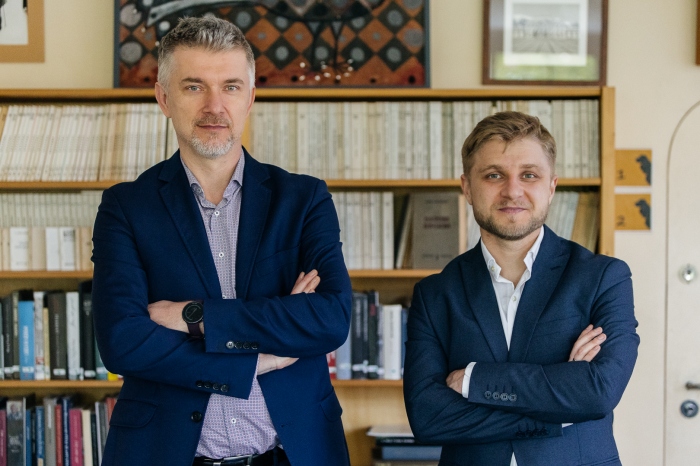What could be heard in Warsaw in the 19th century?
What could be heard in Warsaw in the 19th century?
- Where could Russians be heard in Warsaw in the 19th century?
- What controversy arose over the unveiling of a monument to Adam Mickiewicz in Krakowskie Przedmieście?
- Did Poles distinguish the sound of the bell from the Alexander Nevsky Cathedral?
- Why was the Warsaw organ grinder disliked by the upper classes?
In the latest episode of Polihistor, Bartek Gajos talked to Dr Marta Michalska, who recently defended her doctoral thesis at the University of Warsaw, entitled "Sounds, People and Listening to Warsaw at the turn of the 19th and 20th Centuries. Selected elements of the city's phonosphere."
In the episode, Dr Marta Michalska said: "The ban on speeches imposed by the tsarist authorities during the unveiling of the Mickiewicz monument on Krakowskie Przedmieście in 1898 paradoxically helped the whole event. The prevailing silence elevated the ceremony."
- The area around Ujazdowskie Avenue and Lazienki Park was considered Russian in the 19th century. The Poles describe the Russians as behaving very loudly and unculturally, crashing through cafes, organising brawls and shooting through windows. Therefore, for Poles, silence has become a strategy for contesting authority. - Michalska added.
And what is the story of the famous catarinarian? - It was mainly the upper classes who complained about the Warsaw catarinarian. They did not accept that the music they heard was a mechanical creation. It was also often the case that the organ grinder was out of tune. But most people didn't seem to mind. What mattered most was the melody. - said Dr Matra Michalska.

